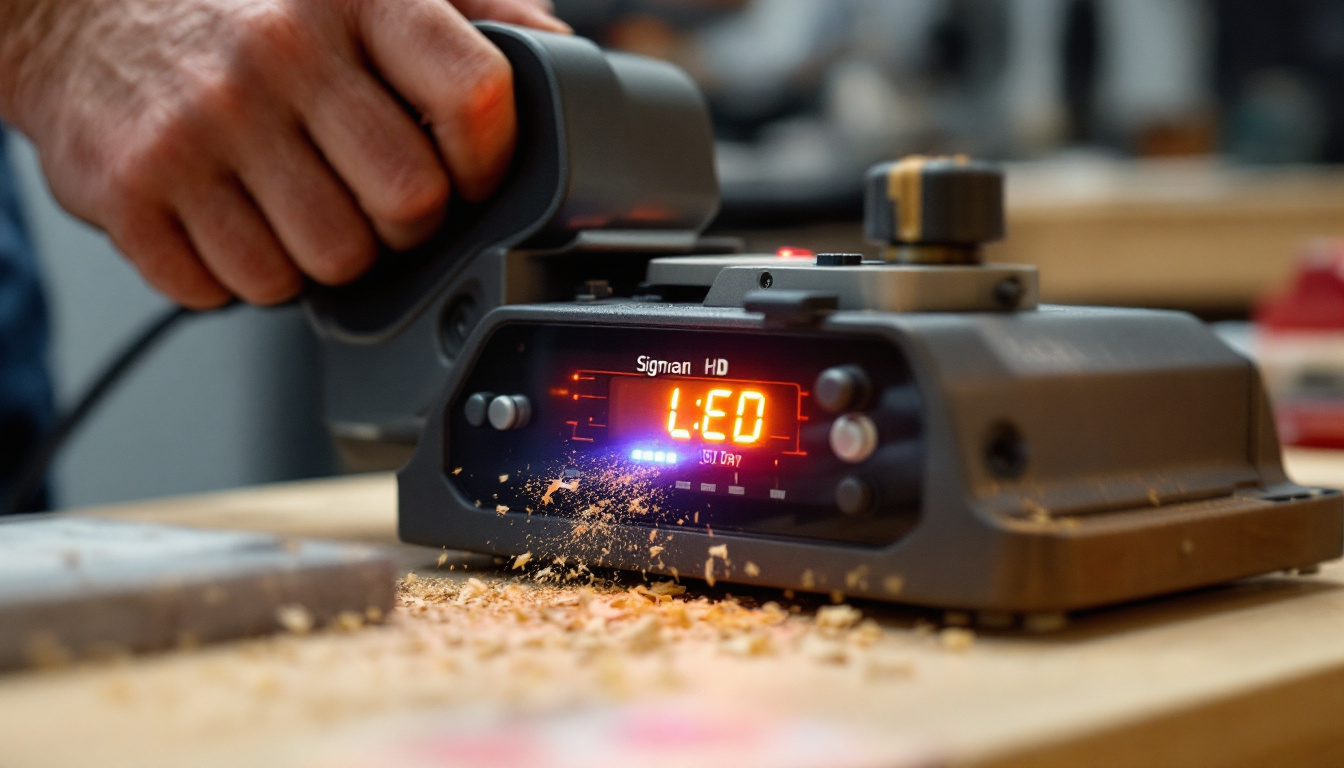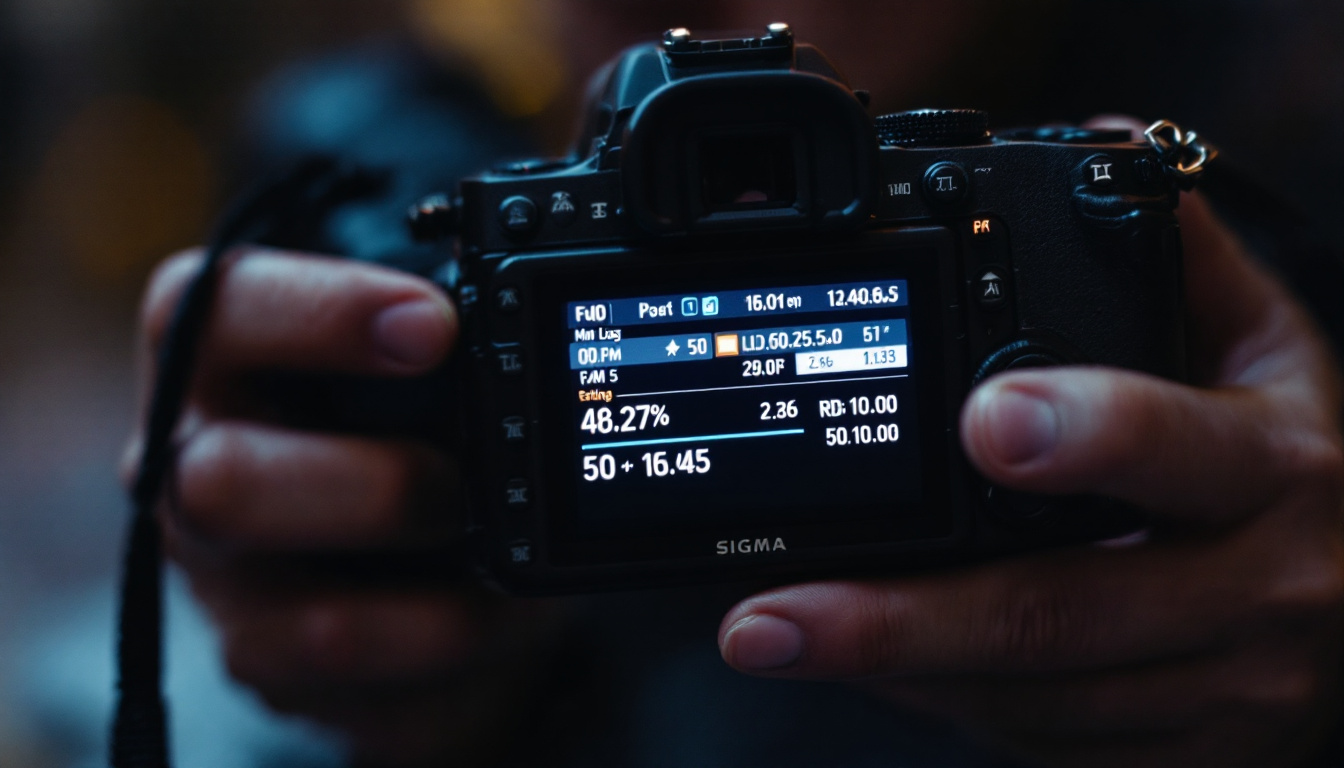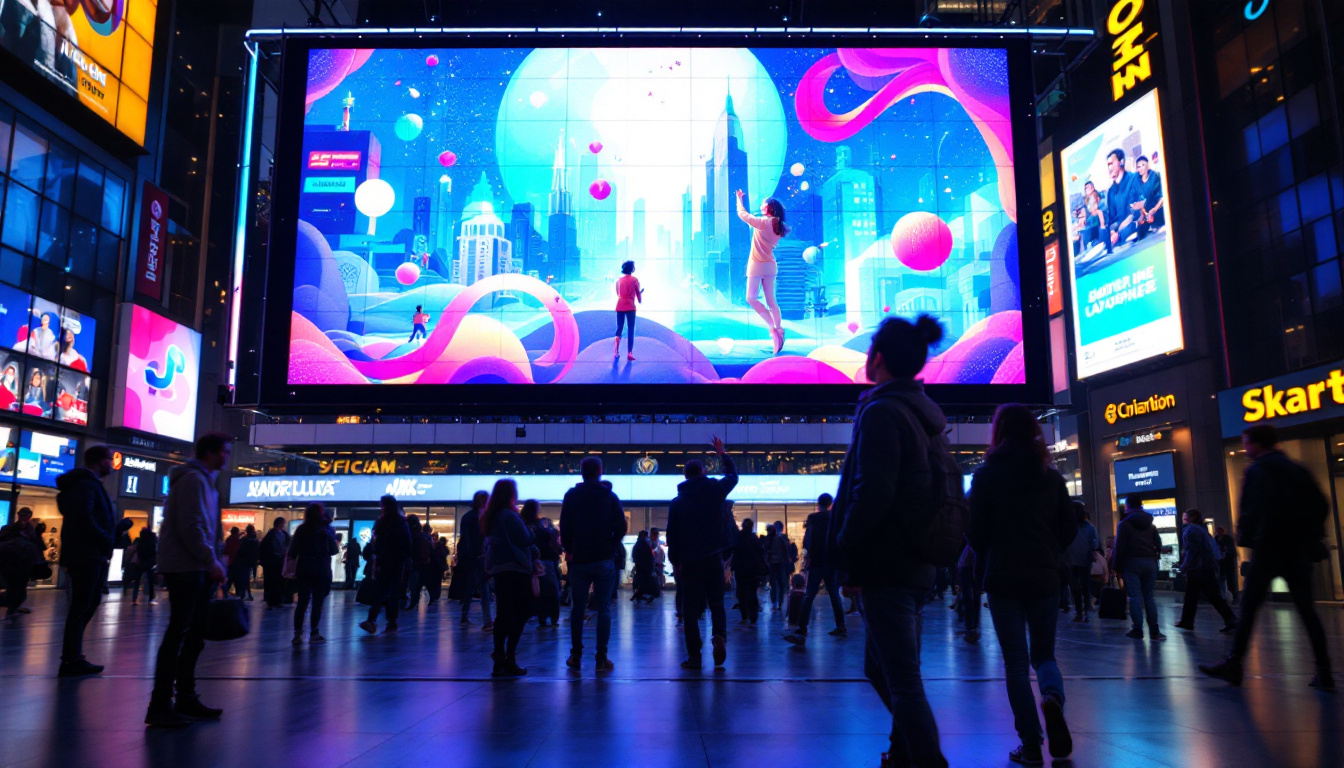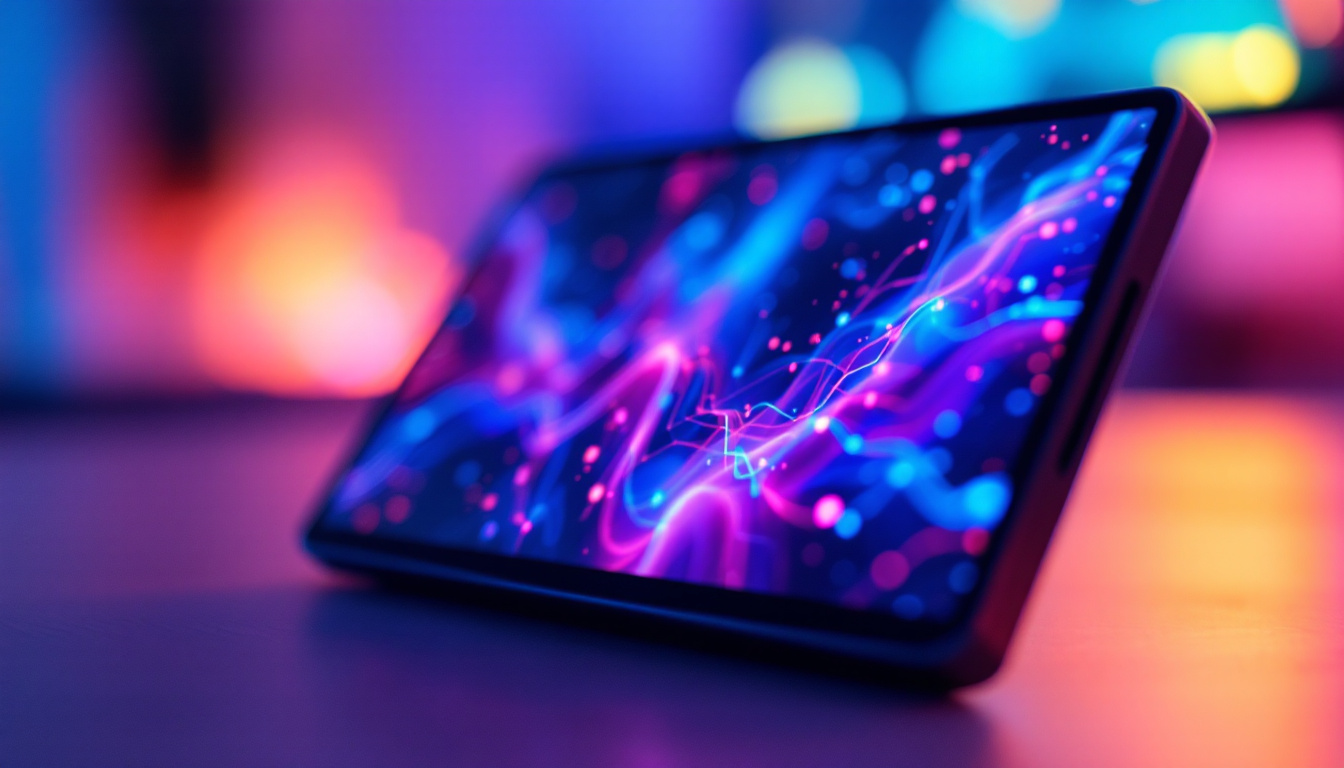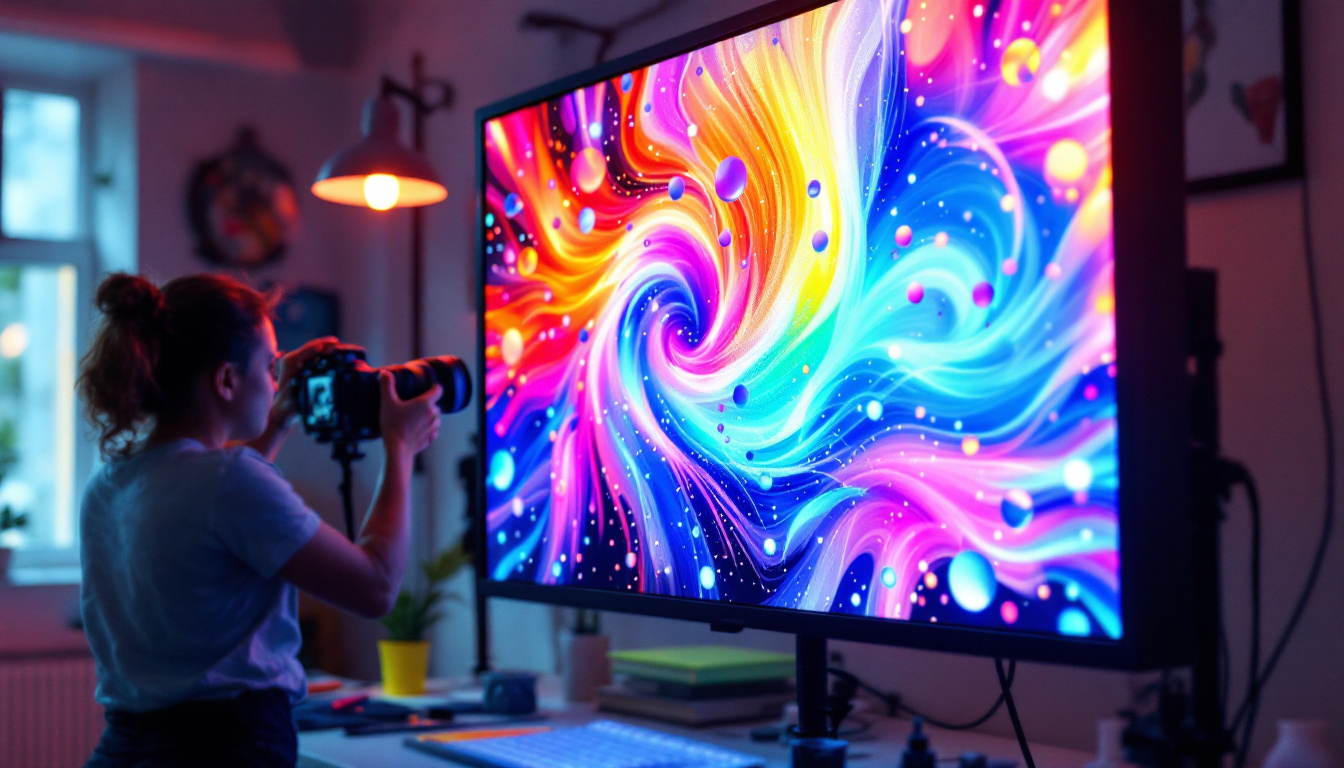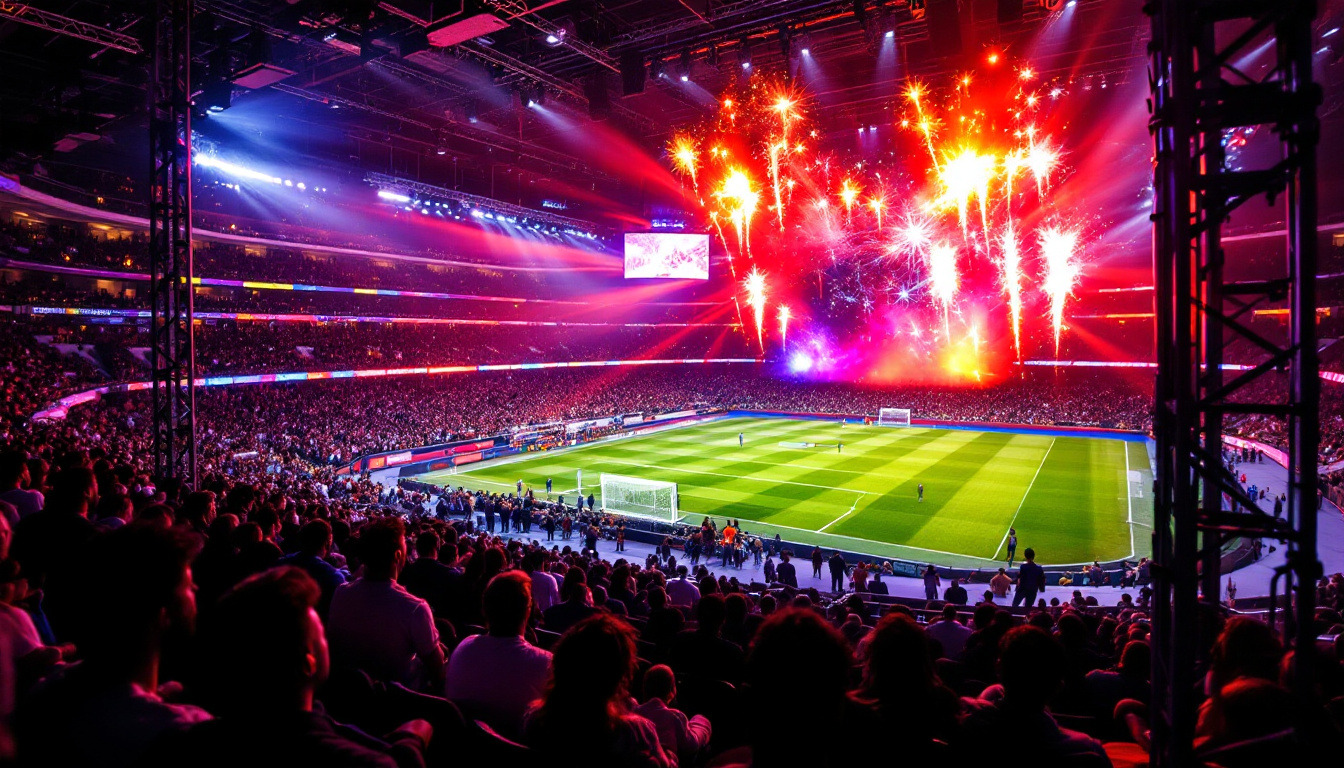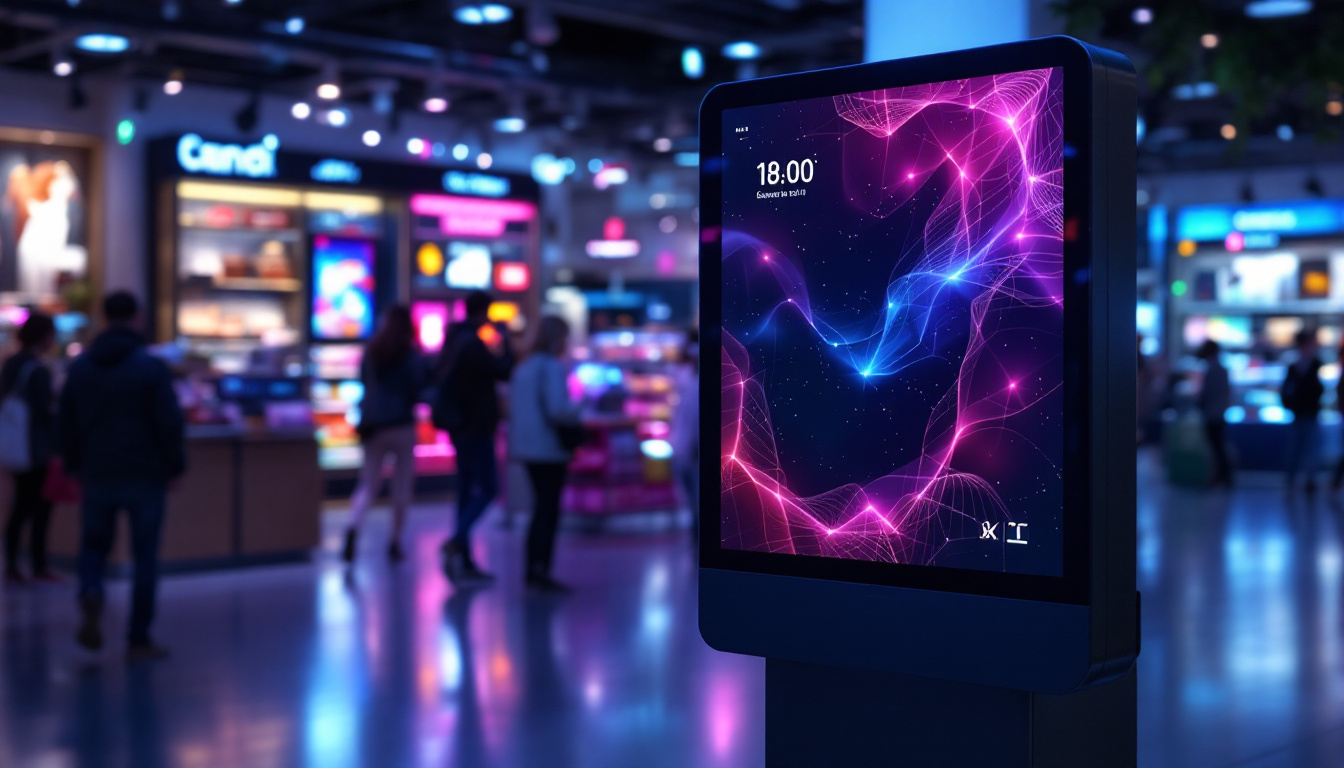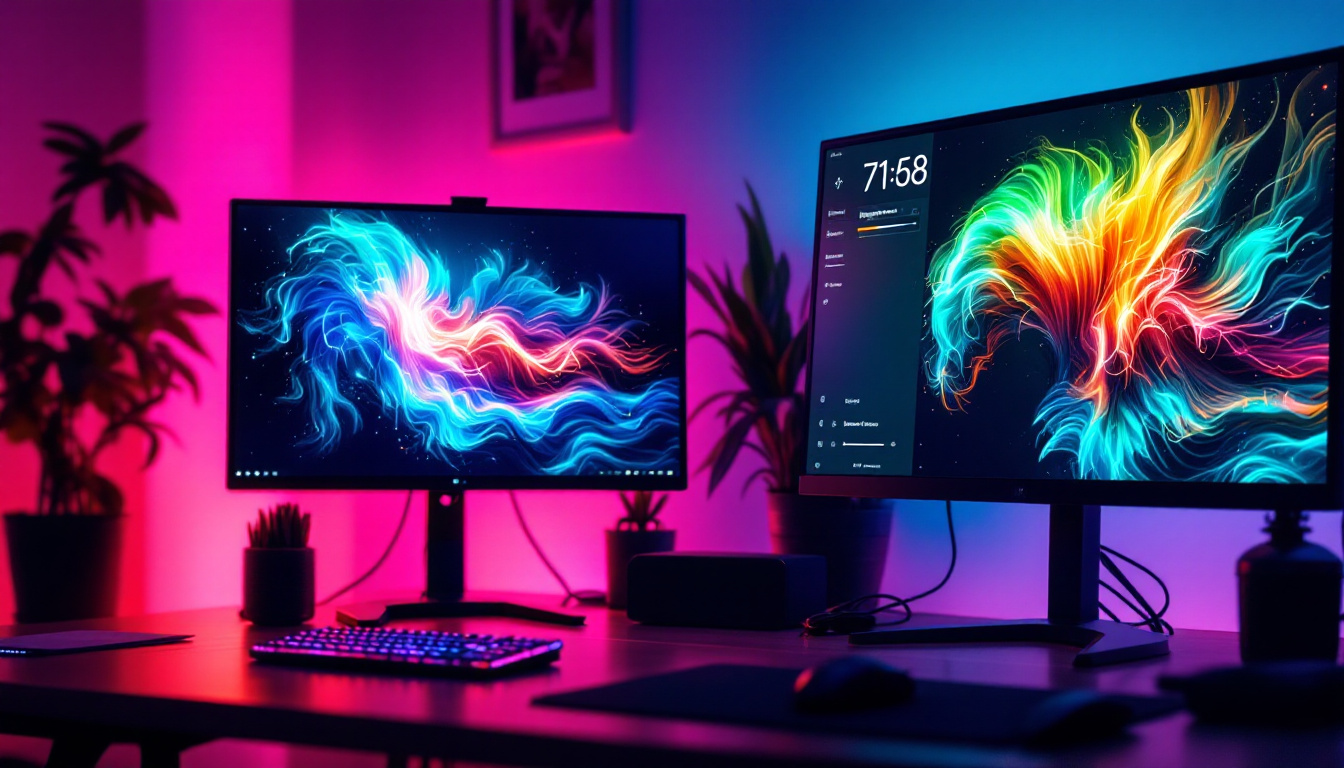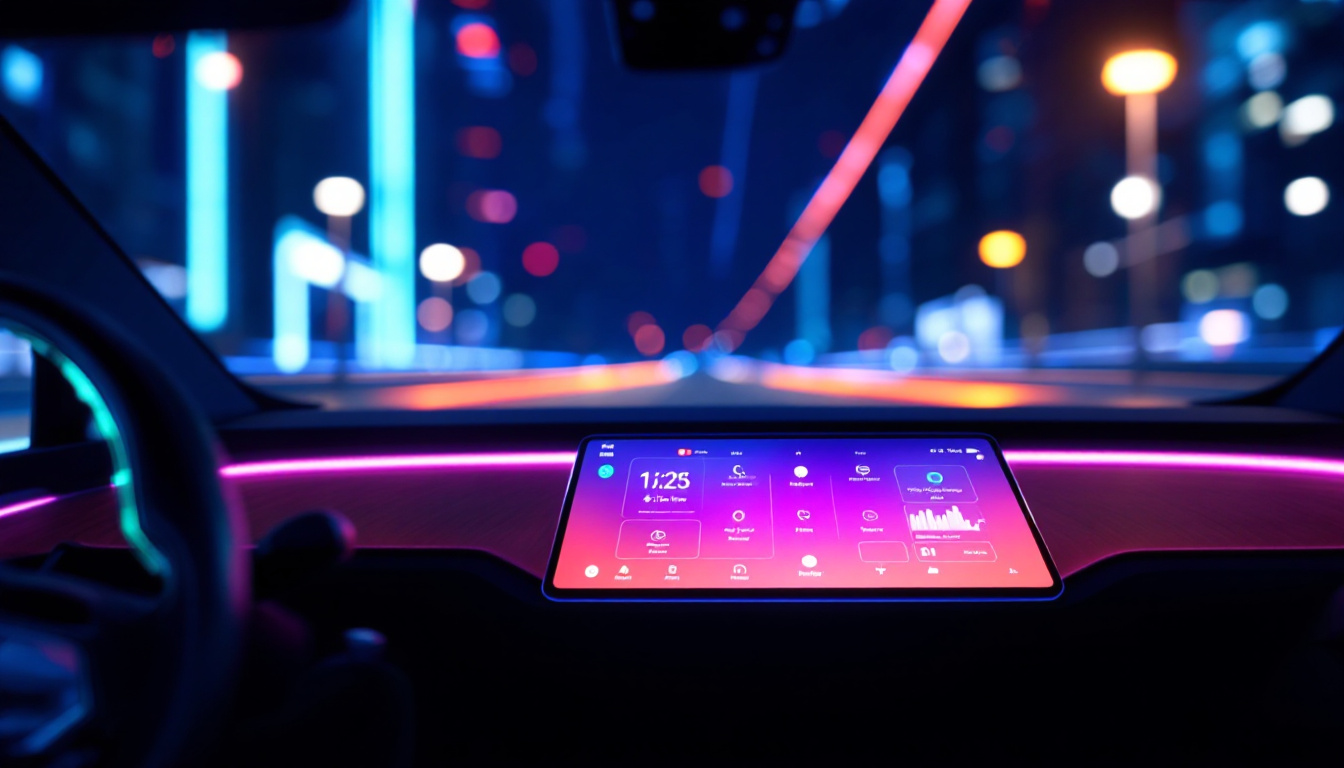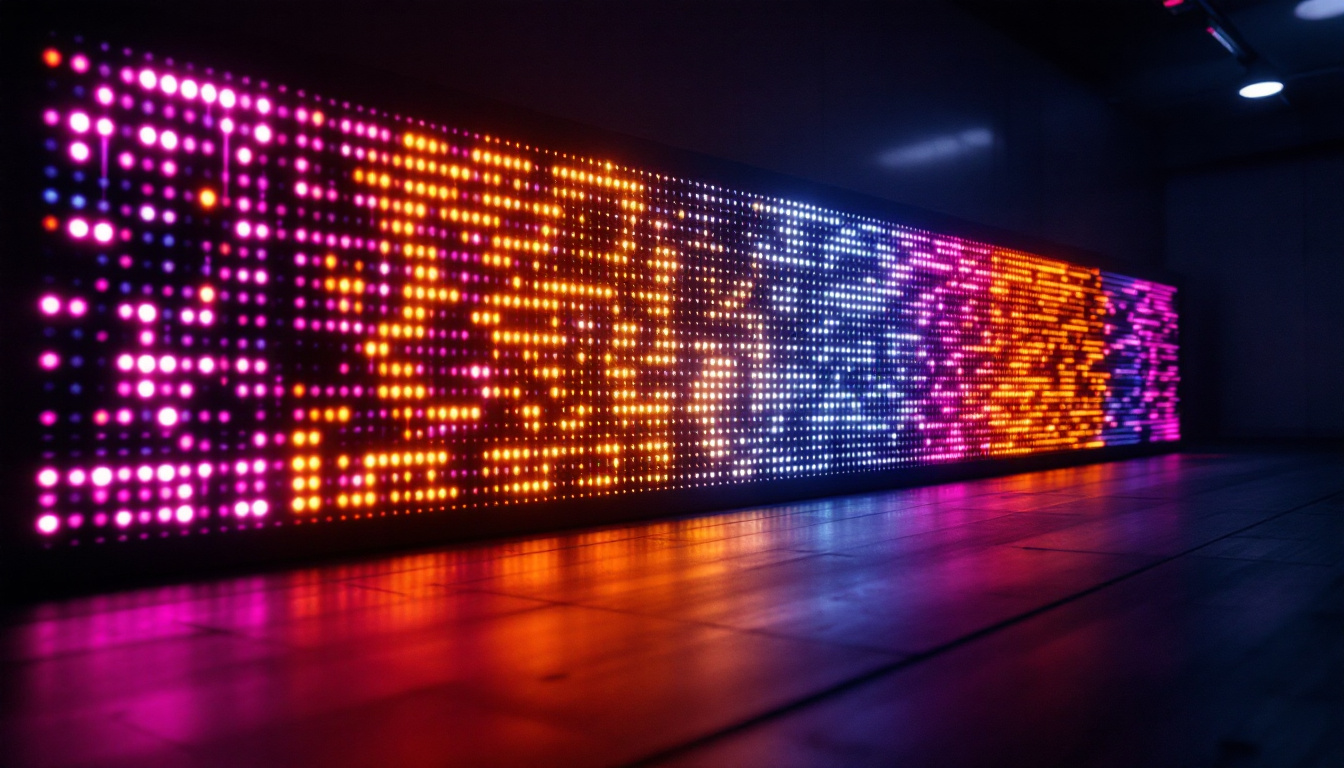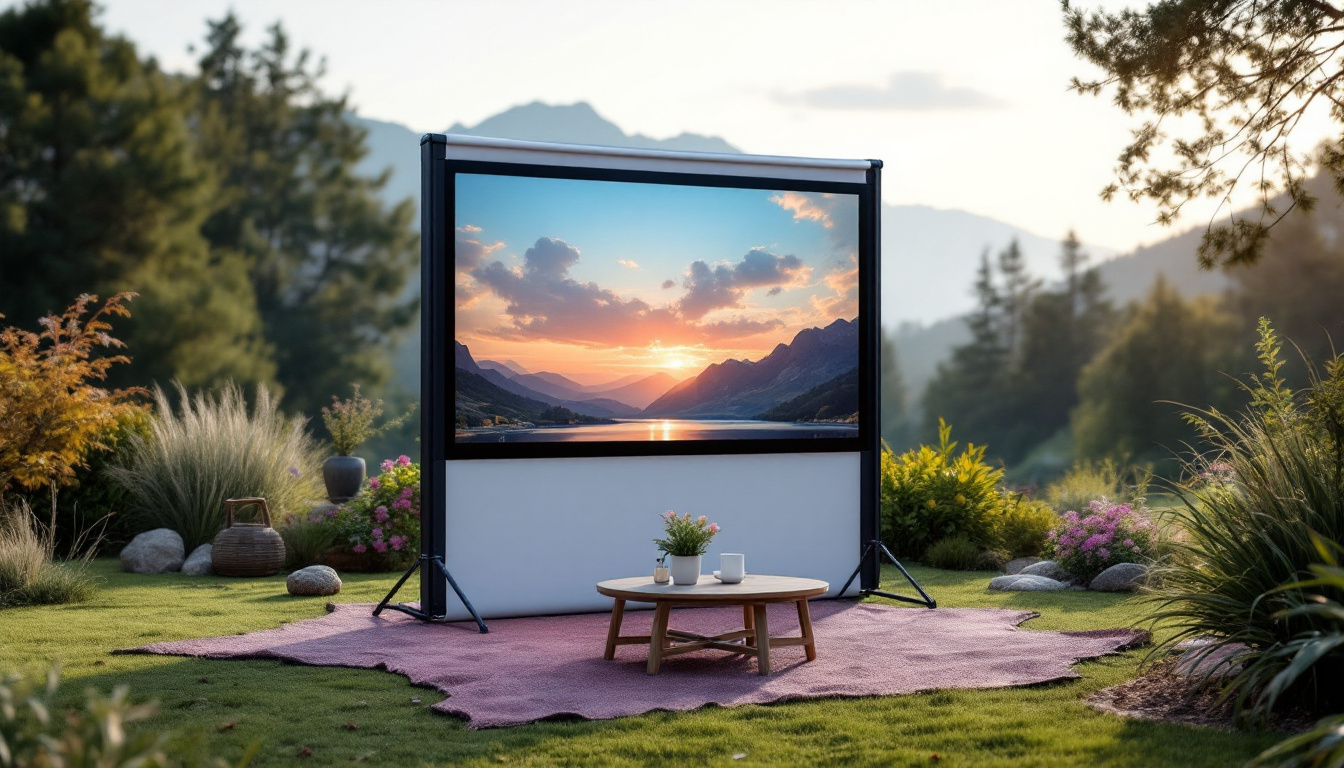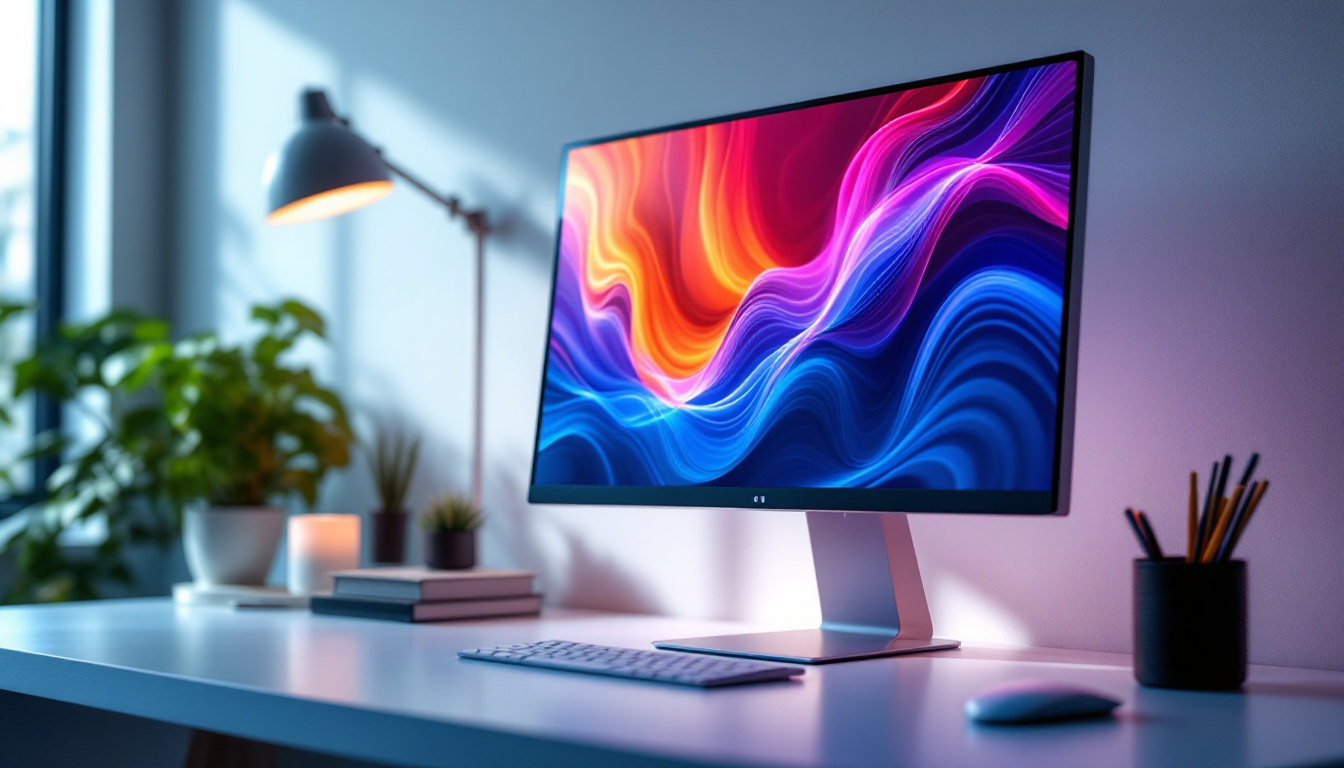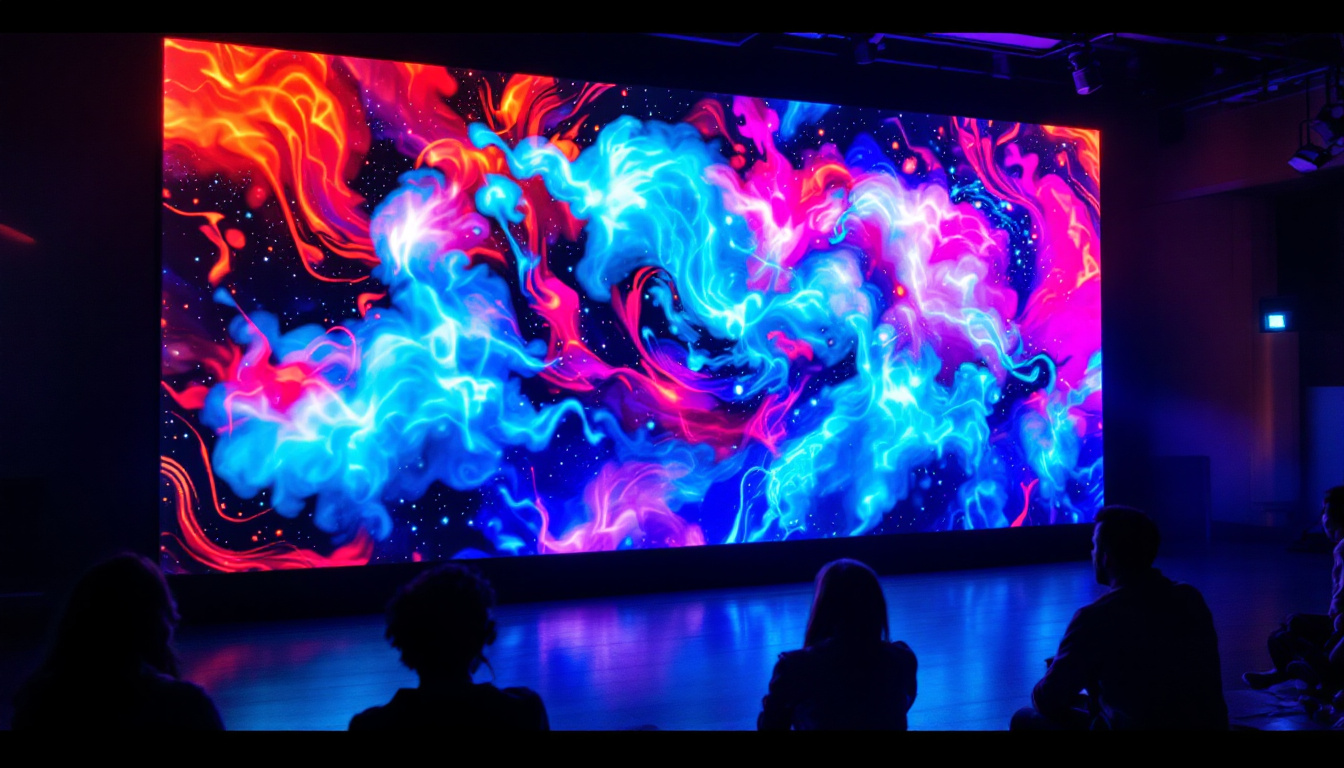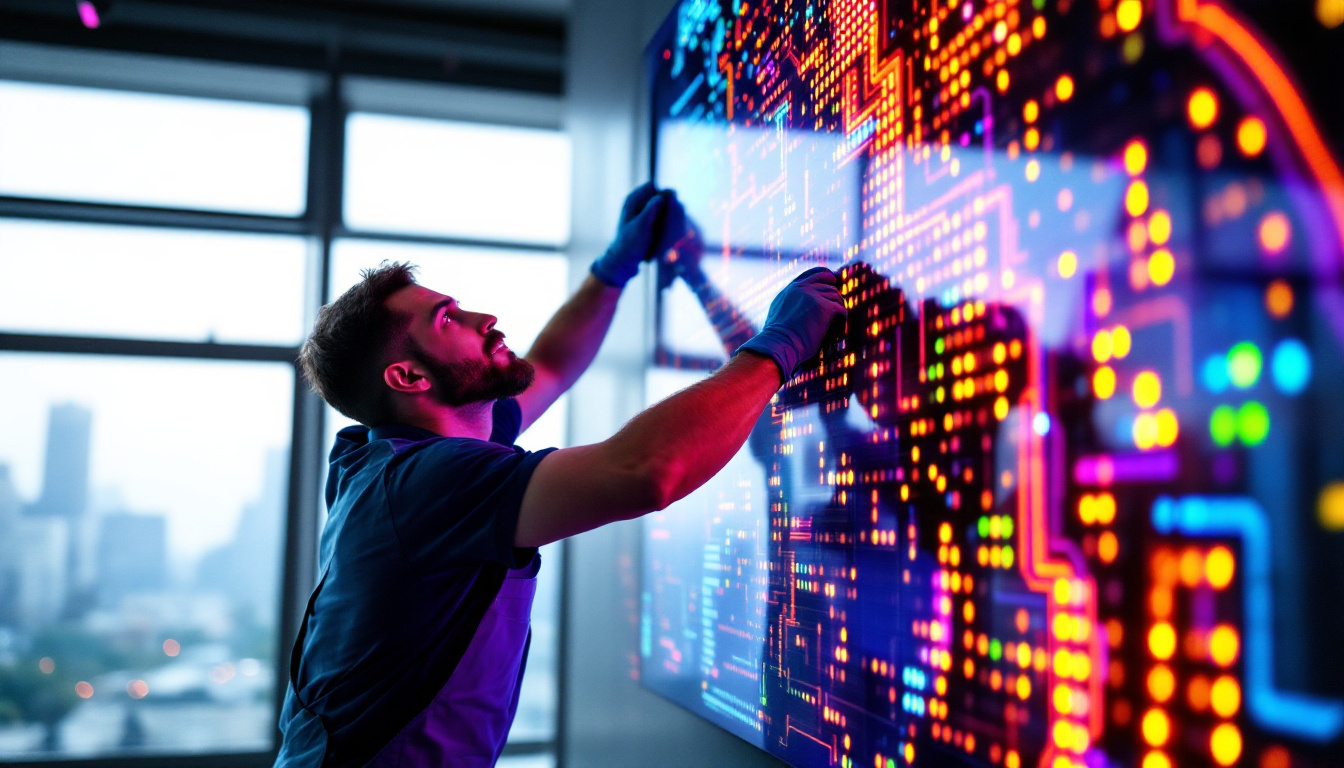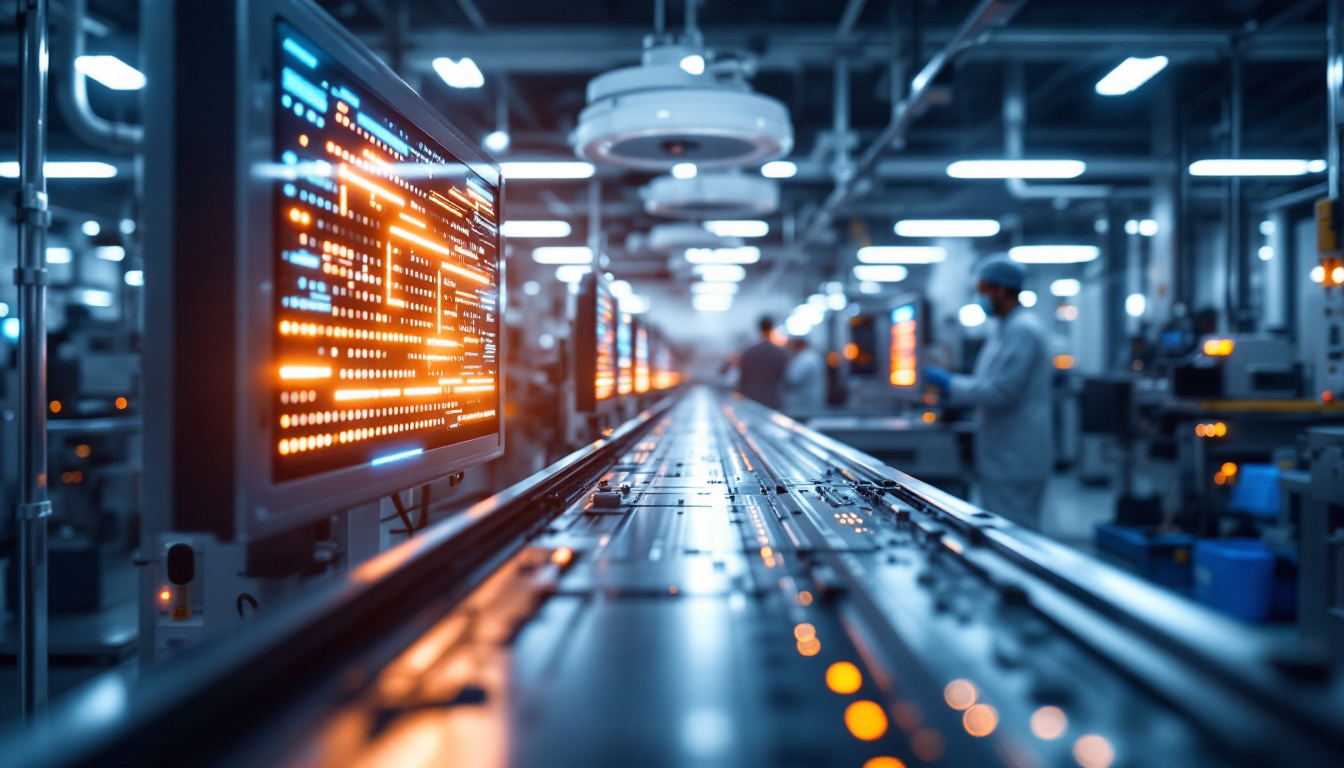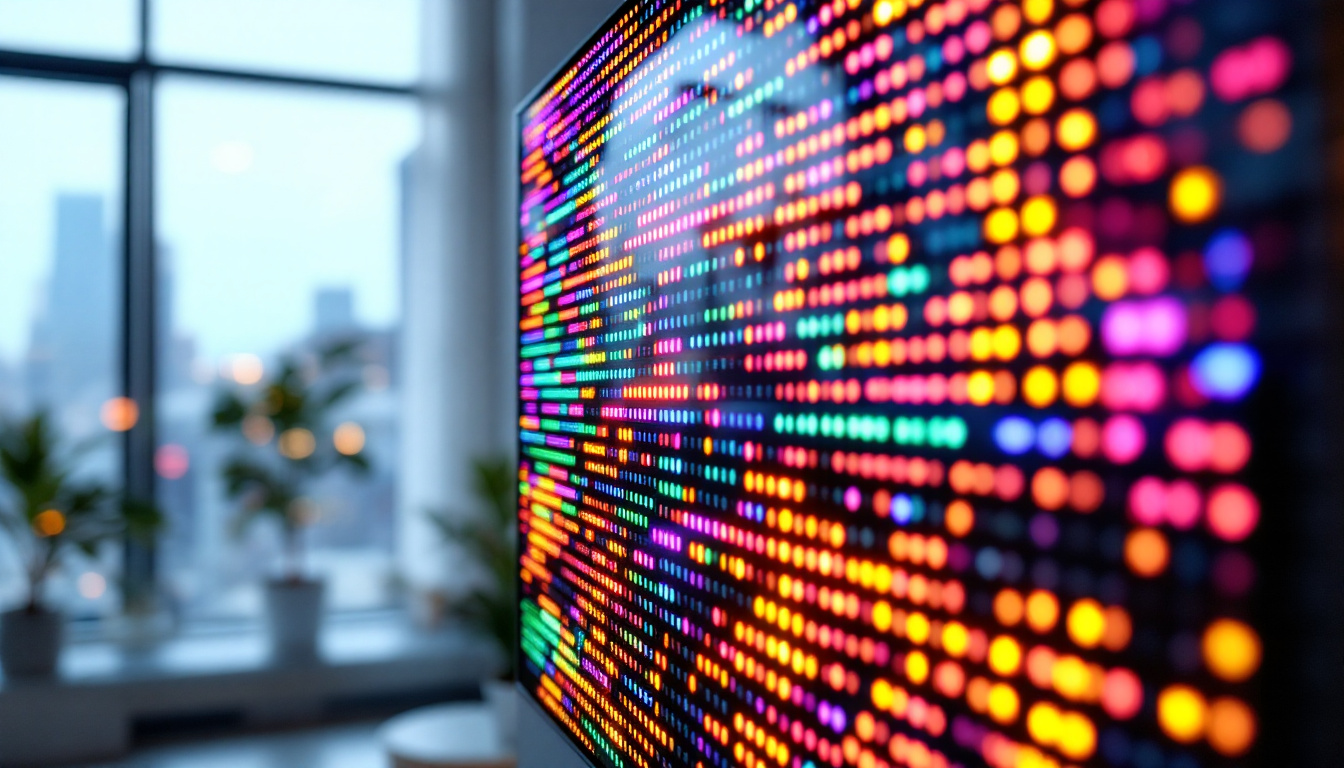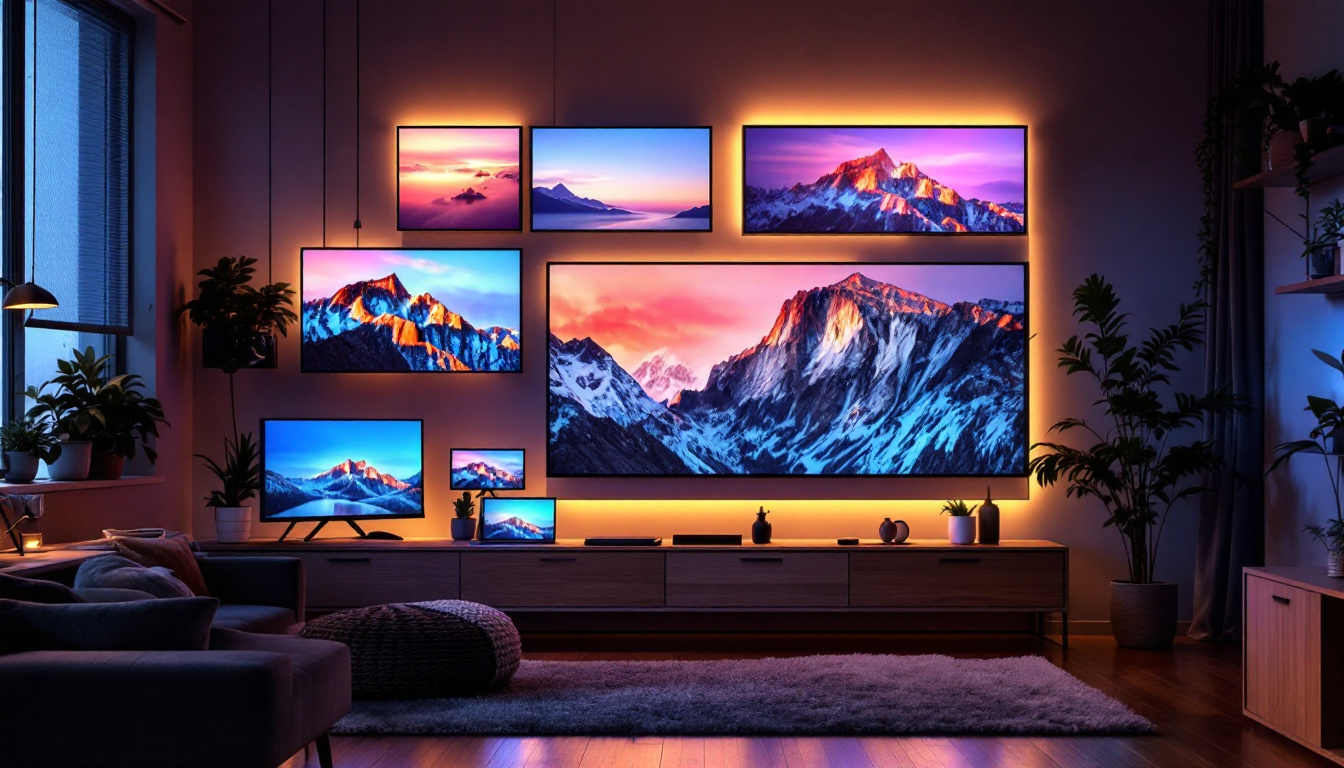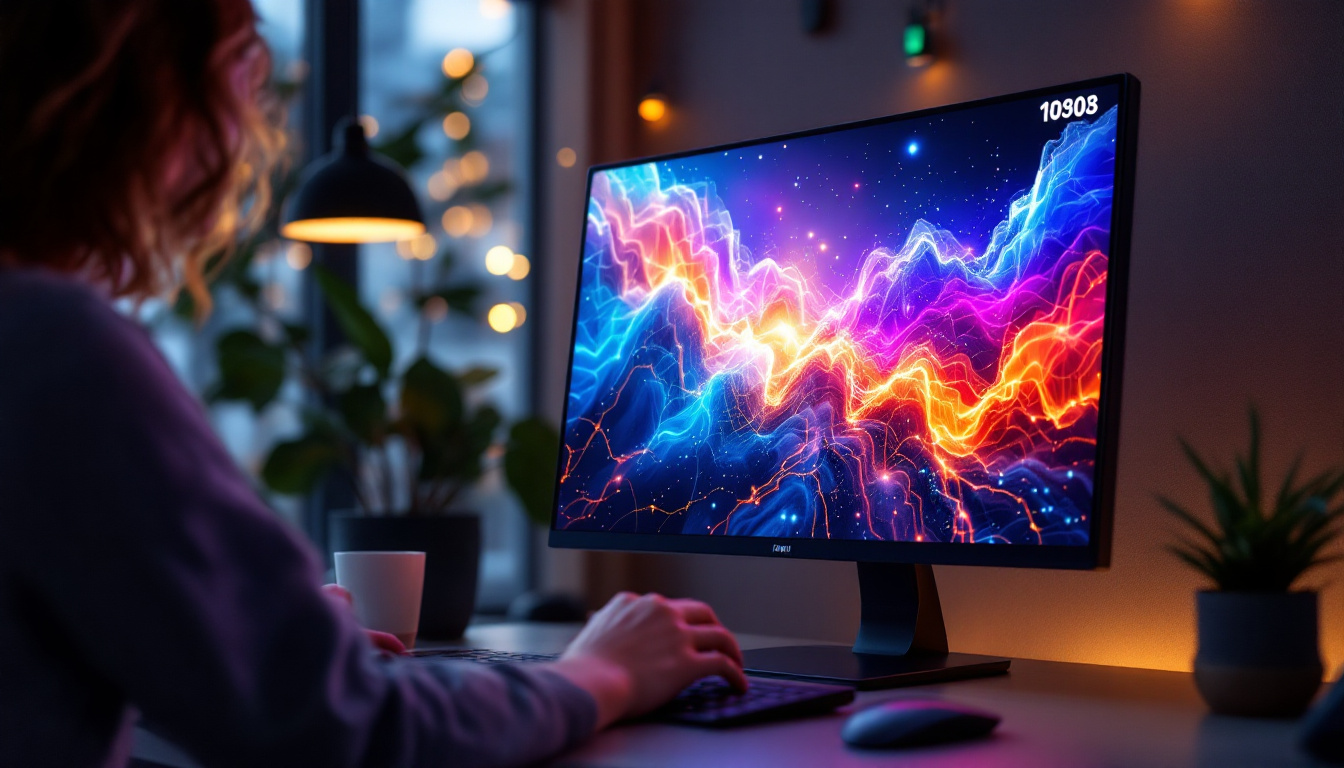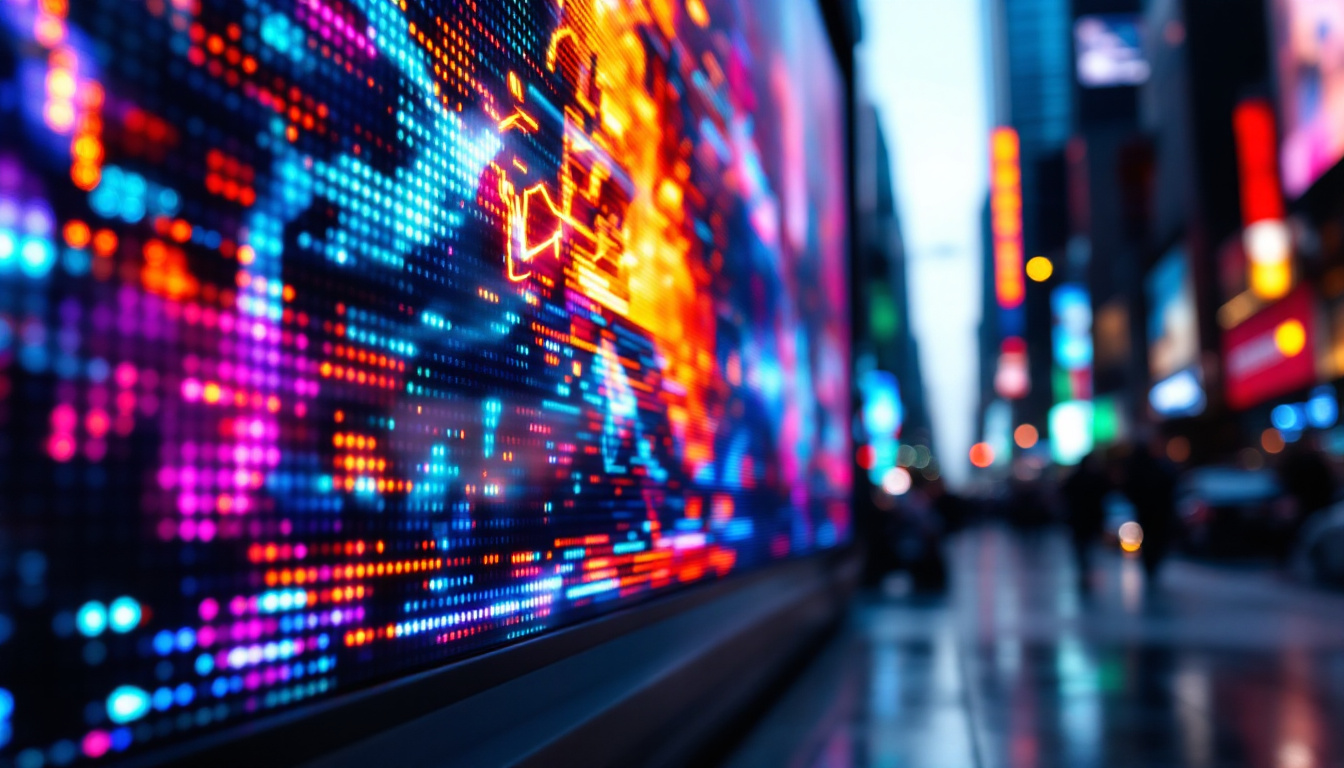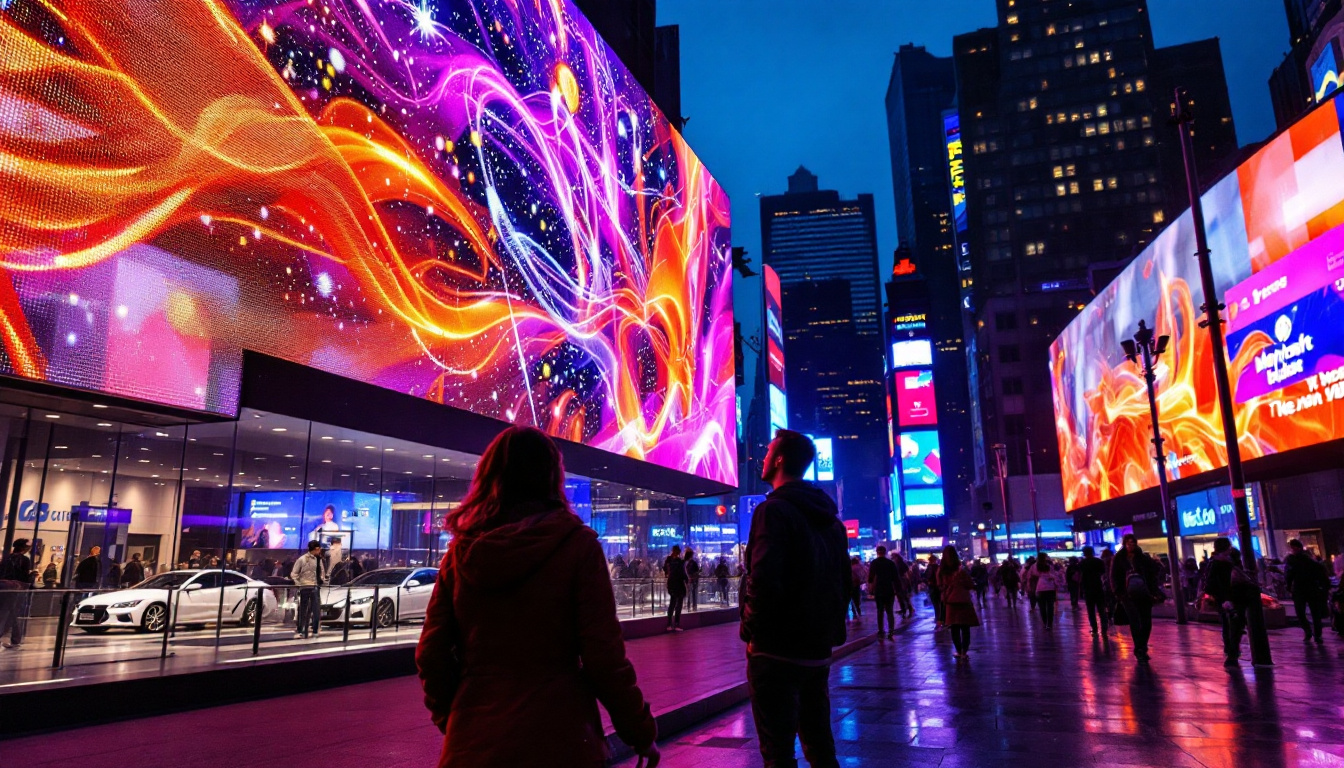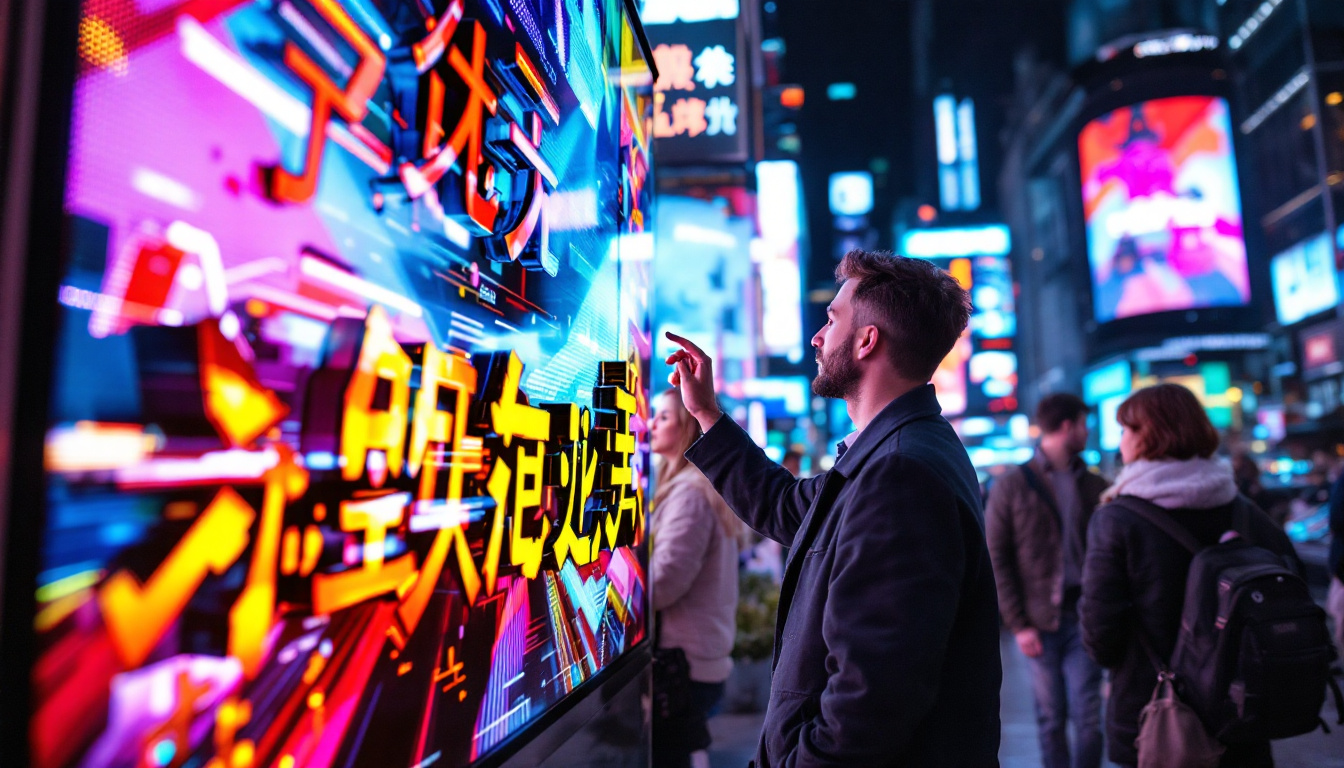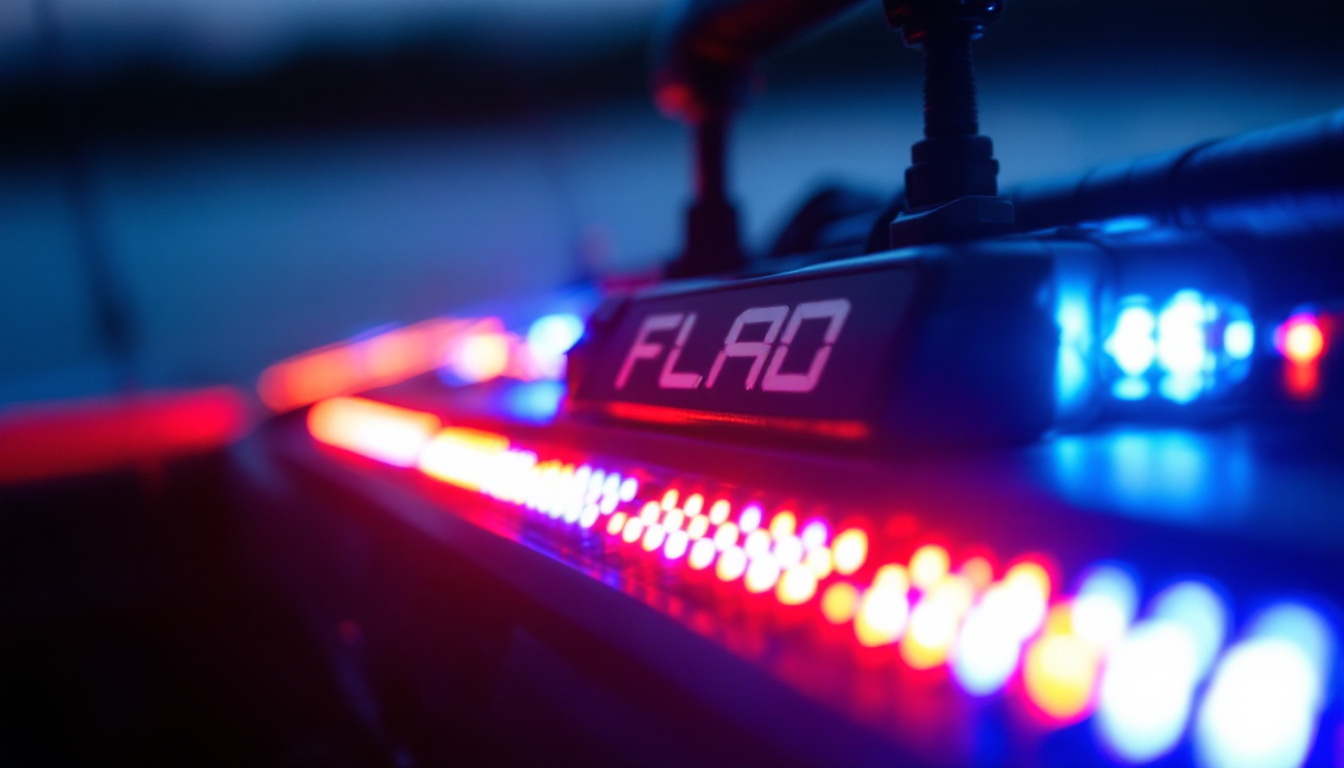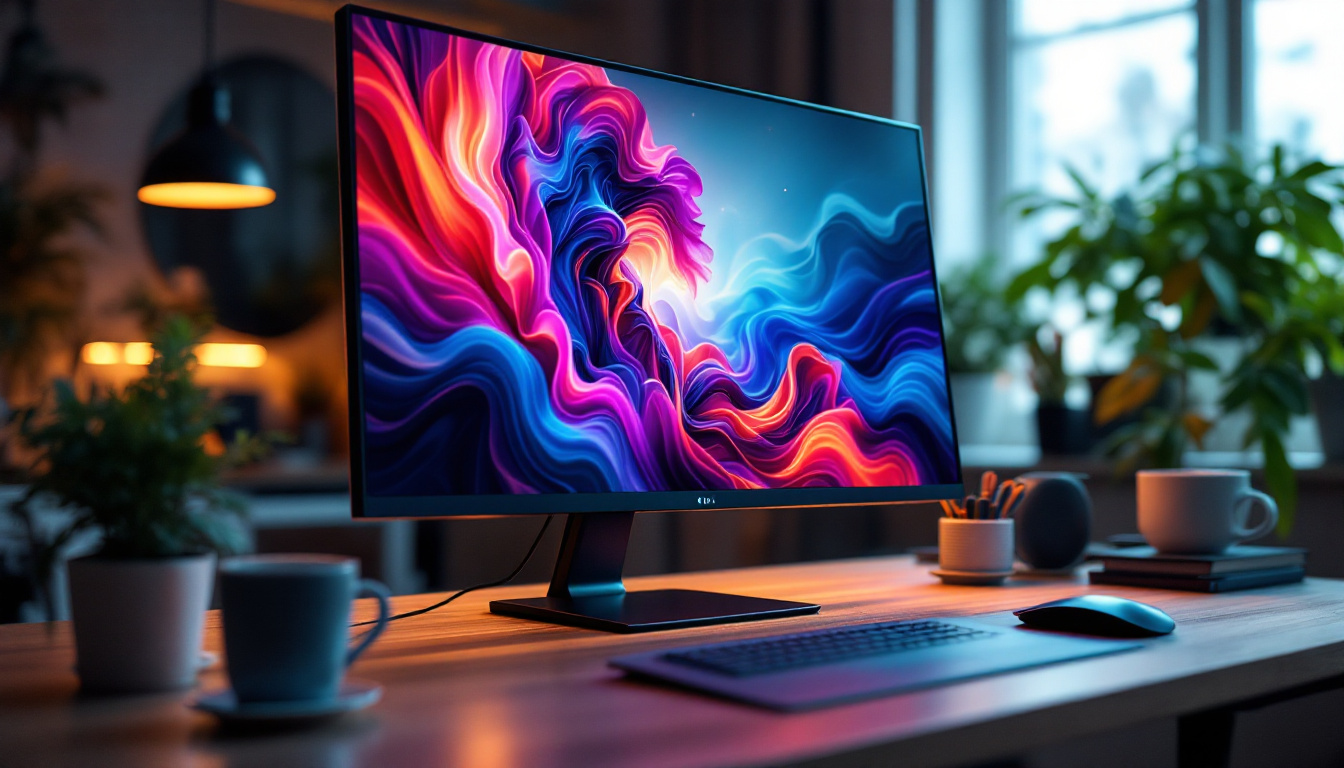The small planer is an essential tool for woodworkers, hobbyists, and professionals alike. Its ability to create smooth, even surfaces makes it invaluable in various woodworking projects. One of the standout features of modern small planers is the LED display. This article delves into the significance of LED displays in small planers, exploring their functionality, advantages, and the technology behind them.
Understanding the LED Display in Small Planers
LED displays in small planers serve as a user interface that provides critical information during operation. They enhance the user experience by offering real-time feedback and making the tool easier to use. The LED display typically shows information such as thickness settings, feed rates, and operational status, ensuring that users have all the necessary data at their fingertips.
Key Features of LED Displays
Modern small planers come equipped with various features that utilize LED technology. These features can significantly improve the efficiency and accuracy of woodworking tasks. Common aspects of LED displays include:
- Thickness Adjustment: Users can easily set and monitor the desired thickness of the wood being planed.
- Feed Rate Indicators: Displays often show the current feed rate, allowing for adjustments to suit different materials.
- Operational Status: Indicators for power, readiness, and maintenance alerts help keep the tool in optimal condition.
Benefits of LED Displays
The integration of LED displays in small planers offers numerous benefits that enhance both functionality and user experience. Some of the primary advantages include:
- Precision: Accurate readings ensure that users can achieve the desired finish without guesswork.
- Ease of Use: Intuitive interfaces reduce the learning curve for new users, making it accessible for everyone.
- Real-Time Feedback: Immediate updates on settings and performance help users make quick adjustments as needed.
Moreover, the durability of LED displays is a significant advantage in workshop environments. Unlike traditional LCD screens, LED technology is less susceptible to damage from vibrations and impacts, which are common in woodworking settings. This resilience means that users can rely on their displays for consistent performance over time, minimizing the need for repairs or replacements. Additionally, many modern LED displays feature backlighting, which enhances visibility in low-light conditions, allowing woodworkers to operate their planers effectively regardless of the lighting in their workspace.
Another noteworthy aspect of LED displays is their energy efficiency. LED technology consumes less power compared to older display technologies, which not only helps in reducing electricity costs but also contributes to a more sustainable workshop environment. This energy efficiency is particularly beneficial for those who use their planers frequently or for extended periods, as it can lead to significant savings over time. Furthermore, some advanced models even include programmable settings that allow users to save their preferred configurations, making it even easier to switch between different projects without having to recalibrate each time.
How LED Displays Improve User Experience
The user experience is paramount when it comes to operating power tools. LED displays significantly enhance this experience by providing clarity and ease of use. The visual nature of LED indicators allows users to quickly grasp the tool’s status and settings, reducing the risk of errors during operation.
Visual Clarity and Readability
One of the most notable advantages of LED displays is their clarity. Unlike traditional analog dials, which can be difficult to read in certain lighting conditions, LED displays offer bright, easily readable information. This is particularly beneficial in workshop environments where lighting may vary. Additionally, many LED displays are designed with high contrast ratios, ensuring that even in dimly lit areas, the information remains legible. This feature is crucial for maintaining safety and precision, as users can swiftly check settings without straining their eyes or losing focus on their work.
Intuitive User Interfaces
Modern small planers often feature user-friendly interfaces that guide users through various settings. The layout of the LED display is designed to be intuitive, allowing users to navigate through options quickly. This is especially helpful for those who may not have extensive experience with woodworking tools. Furthermore, many advanced LED displays incorporate touch-sensitive controls or simple button layouts that respond with tactile feedback, making adjustments seamless and efficient. Users can easily switch between different modes, such as fine-tuning the depth of cut or adjusting the speed, all while maintaining a firm grip on the tool, which enhances both comfort and control during operation.
Real-Time Feedback and Alerts
Another significant benefit of LED displays is their ability to provide real-time feedback and alerts. Many modern tools are equipped with sensors that monitor performance metrics, such as motor temperature or blade sharpness, and display this information instantly on the LED screen. This proactive approach allows users to address potential issues before they escalate into serious problems, ensuring that the tool operates at peak performance. For example, if a planer detects that the blade is becoming dull, the LED display can alert the user, prompting them to sharpen or replace the blade before it affects the quality of their work. Such features not only enhance the user experience but also contribute to the longevity of the tool, making it a wise investment for both hobbyists and professionals alike.
The Technology Behind LED Displays
Understanding the technology behind LED displays can provide insight into their advantages and functionalities. LED, or Light Emitting Diode, technology has revolutionized how information is presented in tools, making it more efficient and user-friendly. From smartphones to large-scale digital billboards, the versatility of LED displays has made them a staple in modern technology.
How LEDs Work
LEDs are semiconductor devices that emit light when an electric current passes through them. This technology allows for bright, energy-efficient displays that consume less power than traditional incandescent bulbs. The compact nature of LEDs also enables manufacturers to design sleeker tools without compromising on functionality. Furthermore, the ability to control the intensity and color of the light emitted by LEDs has led to the development of vibrant displays that can produce a wide spectrum of colors, enhancing the visual experience for users.
Durability and Longevity
Another significant benefit of LED technology is its durability. LEDs are less prone to breakage compared to traditional display technologies, making them ideal for use in tools that may be subject to rough handling. This durability translates to a longer lifespan for the display, reducing the need for replacements and repairs. Additionally, LEDs are resistant to shock and vibration, which is particularly advantageous in environments where equipment is frequently moved or subjected to harsh conditions. This resilience not only ensures consistent performance but also contributes to lower maintenance costs over time.
Moreover, the environmental impact of LED technology cannot be overlooked. Unlike traditional lighting solutions, LEDs do not contain harmful substances such as mercury, making them a safer choice for both consumers and the environment. Their energy efficiency also means that they contribute to reduced carbon footprints, aligning with global efforts to promote sustainability. As more industries adopt LED technology, the cumulative effect on energy savings and waste reduction becomes increasingly significant, showcasing the broader implications of this innovative lighting solution.
Common Issues and Troubleshooting LED Displays
Dim or Flickering Displays
A dim or flickering LED display can be frustrating and may hinder the tool’s usability. This issue can often be traced back to power supply problems or loose connections. Ensuring that the tool is properly plugged in and checking for any loose wires can often resolve the issue.
Inaccurate Readings
If the LED display shows inaccurate readings, it may indicate a calibration issue. Users should refer to the manufacturer’s guidelines for recalibrating the tool. Regular maintenance and checks can help prevent such issues from arising.
Comparing LED Displays to Traditional Displays
When evaluating the benefits of LED displays, it is essential to compare them to traditional display technologies. Understanding the differences can help users appreciate the advancements in tool design and functionality.
Brightness and Visibility
Traditional displays, such as analog dials, often struggle with visibility in various lighting conditions. In contrast, LED displays provide consistent brightness, making them easy to read regardless of the environment. This is particularly important in workshops where lighting can be inconsistent.
Response Time and Accuracy
LED displays typically offer faster response times compared to traditional displays. This means that users receive real-time feedback, allowing for immediate adjustments during operation. The accuracy of LED displays also surpasses that of many analog counterparts, providing users with reliable information.
Future Trends in LED Display Technology
The landscape of LED display technology is continually evolving. As manufacturers strive to improve their products, several trends are emerging that may shape the future of small planers and other power tools.
Smart Technology Integration
One of the most exciting trends is the integration of smart technology into LED displays. This could include features such as Bluetooth connectivity, allowing users to monitor their tools remotely or receive alerts on their smartphones. Such advancements would enhance the functionality of small planers, making them even more versatile.
Enhanced User Interfaces
Future LED displays may also feature more advanced user interfaces, incorporating touch screens or customizable settings. This would allow users to tailor their experience according to their specific needs, further improving usability and efficiency.
Conclusion
The integration of LED displays in small planers represents a significant advancement in woodworking technology. By providing clear, real-time information, these displays enhance the user experience, improve precision, and contribute to overall efficiency. As technology continues to evolve, the future of LED displays in power tools looks promising, with potential innovations set to further enrich the woodworking landscape.
For those looking to invest in a small planer, understanding the benefits of LED displays is crucial. Not only do they simplify the operation of the tool, but they also ensure that users can achieve the desired results with confidence. As woodworking continues to grow in popularity, tools equipped with advanced LED technology will undoubtedly play a pivotal role in shaping the future of the craft.
Discover the Future of Woodworking with LumenMatrix
Ready to elevate your woodworking projects with the latest in LED display technology? LumenMatrix is at the forefront of innovation, offering a wide array of LED display solutions that can transform the way you work. From Indoor LED Walls to Custom LED Displays, our products are designed to enhance precision and user experience in any setting. Experience the difference in visual communication and take your craft to the next level. Check out LumenMatrix LED Display Solutions today and join the revolution in woodworking technology.

